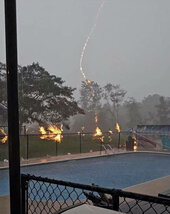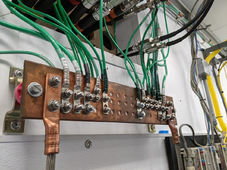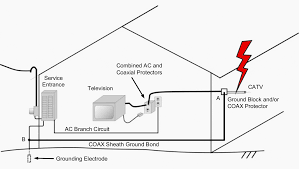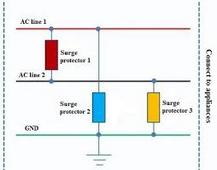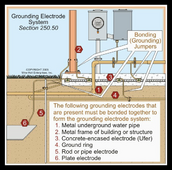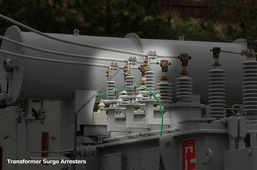In my OPINION, this is why you want to have NOTHING connected to ground at all, whatsoever. However, this may be only possible for someone who has an entirely off-grid system.
I've shared my experience before in
another thread, but suffice to say, I was bitten by having installed a very good ground rod--and the only damaged equipment in the house happened to be the only equipment plugged into that grounded plug I had made. Nothing else was grounded, and nothing else was damaged. For perspective, this happened to me in Laos, where virtually nothing is ever grounded. Perhaps I learned the reason why.
If you are going to ground something, ground the lightning rod, and make sure that the lightning rod is more attractive to lightning than anything else in your system. If you ground anything else, then, as
@pollenface implies, perhaps you better ground EVERYTHING--and hope for the best. I have yet to experience any issues from NOT grounding, so long as nothing is grounded that is connected to my off-grid system--and this accounts for years of experience, weathering electrical storms during the monsoon season.
DISCLAIMER: I am not an electrician, and am not qualified to give advice on this subject: I present only my experience-educated opinion.
